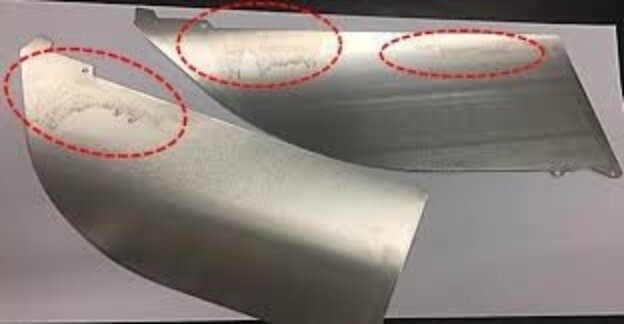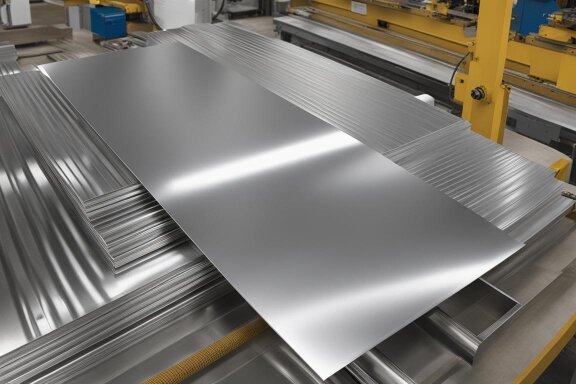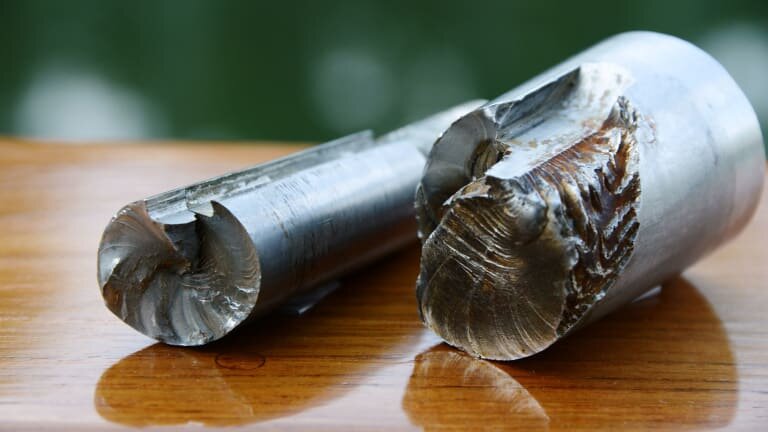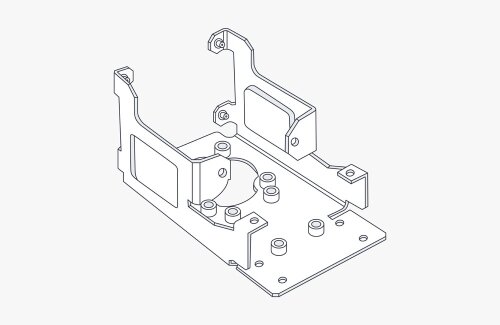Spot welding is a widely used technique for joining metal parts. It’s fast, efficient, and cost-effective. However, many wonder how it works and when it’s the right choice for their project. Let’s break it down.
Spot welding is widely used in automotive manufacturing and sheet metal fabrication industries. It’s ideal for joining thin metal sheets in high-volume production. Let’s explore how the process works and when it’s best used.
What is Spot Welding?
Spot welding is a type of resistance welding used to join metal sheets. It works by applying heat at the contact points between two pieces of metal. This heat is created when a large electric current passes through the metal. The heat melts the metal at the contact point and forms a weld.
The process uses two copper alloy electrodes. These electrodes focus the current on a small spot while applying pressure to hold the metal sheets together. The pressure keeps the sheets in place during welding. Spot welding is typically used on sheets 0.5 to 3 millimeters thick.
The Spot Welding Process Step-by-Step
Spot welding is a simple yet efficient process for joining thin metal sheets. Here’s a step-by-step breakdown of how it works.
Preparing the Materials for Spot Welding
The first step involves preparing the metal sheets. They must be clean and free of rust, oil, or dirt. This ensures a strong electrical connection and a clean weld.
Setting Up the Spot Welding Machine
Next, the spot welding machine is set up. The two electrodes are aligned to clamp the metal sheets in the right places. The machine settings, including current strength and time, are adjusted based on the material type and thickness.
Positioning the Electrodes and Workpieces
Once the materials and machine are ready, the metal sheets are positioned between the electrodes. The sheets must be appropriately aligned to avoid misalignment during welding.
Applying Pressure and Heat
The electrodes press down on the metal sheets, applying pressure. Then, an electrical current is passed through the electrodes. This current generates heat at the contact point, causing the metal to melt and form a strong weld.
Cooling Down the Weld
Finally, the weld is allowed to cool. The electrodes remain in place briefly to ensure the bond solidifies appropriately. Once cooled, the metal sheets are securely joined together.
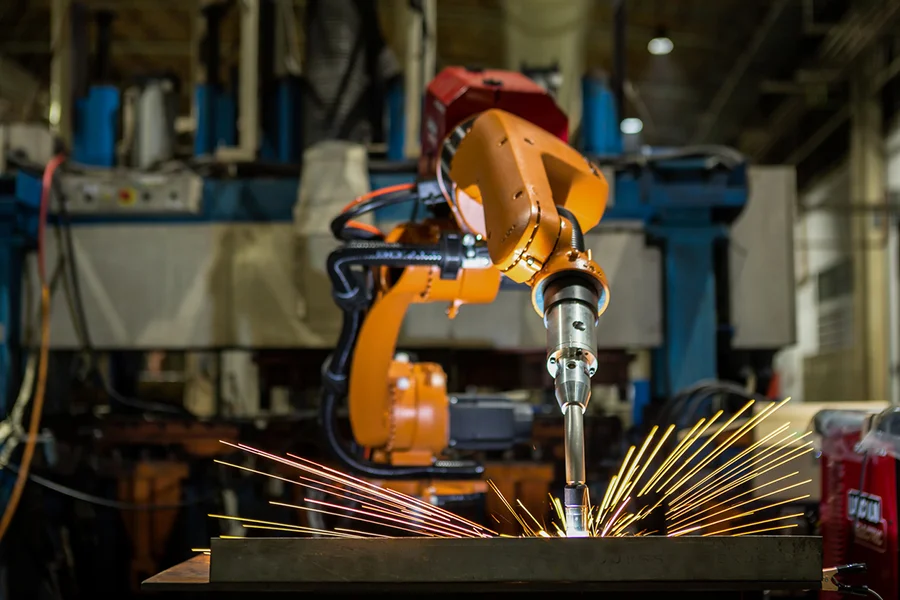
Types of Spot Welding Machines
Spot welding machines come in different types, each suited to various applications. Here’s a look at the most common ones.
Manual Spot Welding Machines
Manual spot welding machines require the operator to control the process. The user manually places the workpieces between the electrodes and activates the machine. These machines are often used for smaller-scale production, repairs, or low-volume work.
Semi-Automatic Spot Welding Machines
Semi-automatic spot welding machines allow the operator to load the materials while the machine controls the welding process. The machine automatically applies the current and pressure. These machines are faster than manual ones and offer more consistency, making them ideal for medium-scale production.
Fully Automatic Spot Welding Machines
Fully automatic spot welding machines require little to no human intervention. Once set up, these machines can handle large volumes of work with precision and efficiency. They are often used in high-volume manufacturing environments, like automotive production lines, where speed and consistency are critical.
Factors That Affect Spot Welding Quality
Several factors can affect spot welding performance. Let’s examine the key elements that influence the quality and strength of the weld.
Material Thickness and Type
The welding process changes significantly with different materials. Thicker metal requires higher current levels and longer weld times for proper fusion. Steel responds well to standard spot welding parameters, while aluminum and other non-ferrous metals often need specialized settings.
Electrode Force and Pressure
Insufficient pressure leads to poor electrical contact and weak bonds. Excessive force can deform the metal and reduce current density. The ideal pressure creates intimate contact between materials while allowing proper current flow. Depending on material thickness, most applications require pressures between 1.5 and 4 kN.
Weld Time and Heat Control
For most applications, typical weld times range from 0.1 to 1 second. Shorter times may produce incomplete fusion, while excessive duration can cause material expulsion or electrode sticking. Heat generation depends on the current level, material resistivity, and contact resistance at the weld interface.
Electrode Wear and Maintenance
Continuous use causes tip deformation, surface pitting, and diameter increase through material transfer. These changes alter current density and pressure distribution. Regular electrode dressing maintains proper tip geometry.
Materials Commonly Used in Spot Welding
Spot welding is versatile and works with different materials. The choice of material affects both the process and the final result. Below are some materials often used in spot welding:
Steel and Stainless Steel
Low-carbon steels are the easiest materials to weld using spot welding. They have good electrical and thermal properties, which make the settings easy to manage. Stainless steels can also be welded, but they require adjusted settings. They have higher electrical resistance and lower thermal conductivity compared to mild steels.
Aluminum and Alloys
Aluminum has high thermal conductivity and low electrical resistance, so it needs much higher currents than steel. Additionally, aluminum forms an oxide layer quickly, which acts as an insulator and must be removed during welding.
Copper and Its Alloys
Copper and alloys like brass are also commonly used in spot welding. Copper is well-known for its excellent electrical conductivity, making it ideal for electrical components. However, lower welding temperatures and special electrodes are needed to prevent rapid electrode wear.
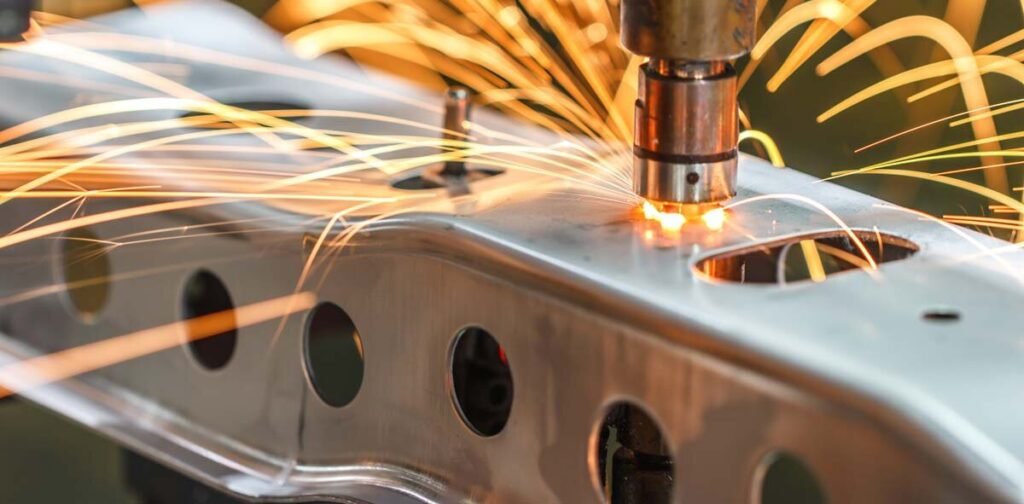
Advantages of Spot Welding
Spot welding offers several benefits, making it a popular choice for joining metal sheets in various industries. Here are some of the key advantages:
High Speed and Efficiency
Spot welding is a fast process. Creating a strong weld requires only a brief time, making it highly efficient. This makes it ideal for high-volume production.
Minimal Distortion and Deformation
The localized heat in spot welding limits the impact on surrounding areas. This reduces the risk of distortion or deformation, ensuring the materials maintain their shape and integrity.
Strong and Durable Joints
Spot welding creates reliable and strong joints. The welds formed are highly durable, capable of withstanding mechanical stress and providing long-term performance.
Cost-Effectiveness for Mass Production
Spot welding is cost-effective, especially for mass production. The fast cycle times and low operational costs make it a popular choice for manufacturing large quantities of parts.
Challenges and Limitations of Spot Welding
While spot welding is an efficient and reliable process, it does come with its own set of challenges and limitations. Here are some of the key issues to consider:
Material Compatibility Issues
Not all materials are suitable for spot welding. Some metals, such as high-carbon steels or those with high resistance, may not weld as effectively. Ensuring material compatibility is crucial for achieving strong and reliable welds.
Difficulty Welding Thick Materials
Spot welding is less effective on thicker materials. The heat and pressure may not create a strong bond, leading to weak welds. Special techniques or additional steps are often required for welding thicker metals.
High Equipment and Maintenance Costs
While spot welding is cost-effective for mass production, the equipment can be expensive. Additionally, regular maintenance is needed to ensure optimal performance, which can add to the overall process costs, especially for smaller operations.
Applications of Spot Welding
Spot welding has many applications in various industries because of its versatility and efficiency. Here are some applications in key sectors:
Automotive Industry
Spot welding is widely used in the automotive industry. It is essential for assembling car bodies and other structural components. The process offers fast, strong, and reliable welds, perfect for high-volume vehicle production.
Electronics Manufacturing
In electronics, spot welding joins small components such as battery terminals, wires, and connectors. Its precision and ability to handle delicate materials make it ideal for creating reliable electrical connections.
Appliances and White Goods
Spot welding plays a key role in manufacturing household appliances like refrigerators, washing machines, and dishwashers. It provides strong joints that can withstand regular use and wear, contributing to their durability.
Aerospace and Aviation
In aerospace and aviation, spot welding joins lightweight materials for aircraft and spacecraft components. The process ensures strong, durable joints while minimizing weight, which is critical for performance and safety in these industries.
Conclusion
Spot welding is a highly efficient and reliable process for joining various materials, including steel, aluminum, and copper. It offers several advantages, such as high speed, minimal distortion, and strong, durable joints, making it ideal for industries like automotive, electronics, and appliances.
Looking for high-quality spot welding services for your next project? Contact us today to discuss how our expert team can provide the right solution for your needs!
Hey, I'm Kevin Lee

For the past 10 years, I’ve been immersed in various forms of sheet metal fabrication, sharing cool insights here from my experiences across diverse workshops.
Get in touch

Kevin Lee
I have over ten years of professional experience in sheet metal fabrication, specializing in laser cutting, bending, welding, and surface treatment techniques. As the Technical Director at Shengen, I am committed to solving complex manufacturing challenges and driving innovation and quality in each project.

